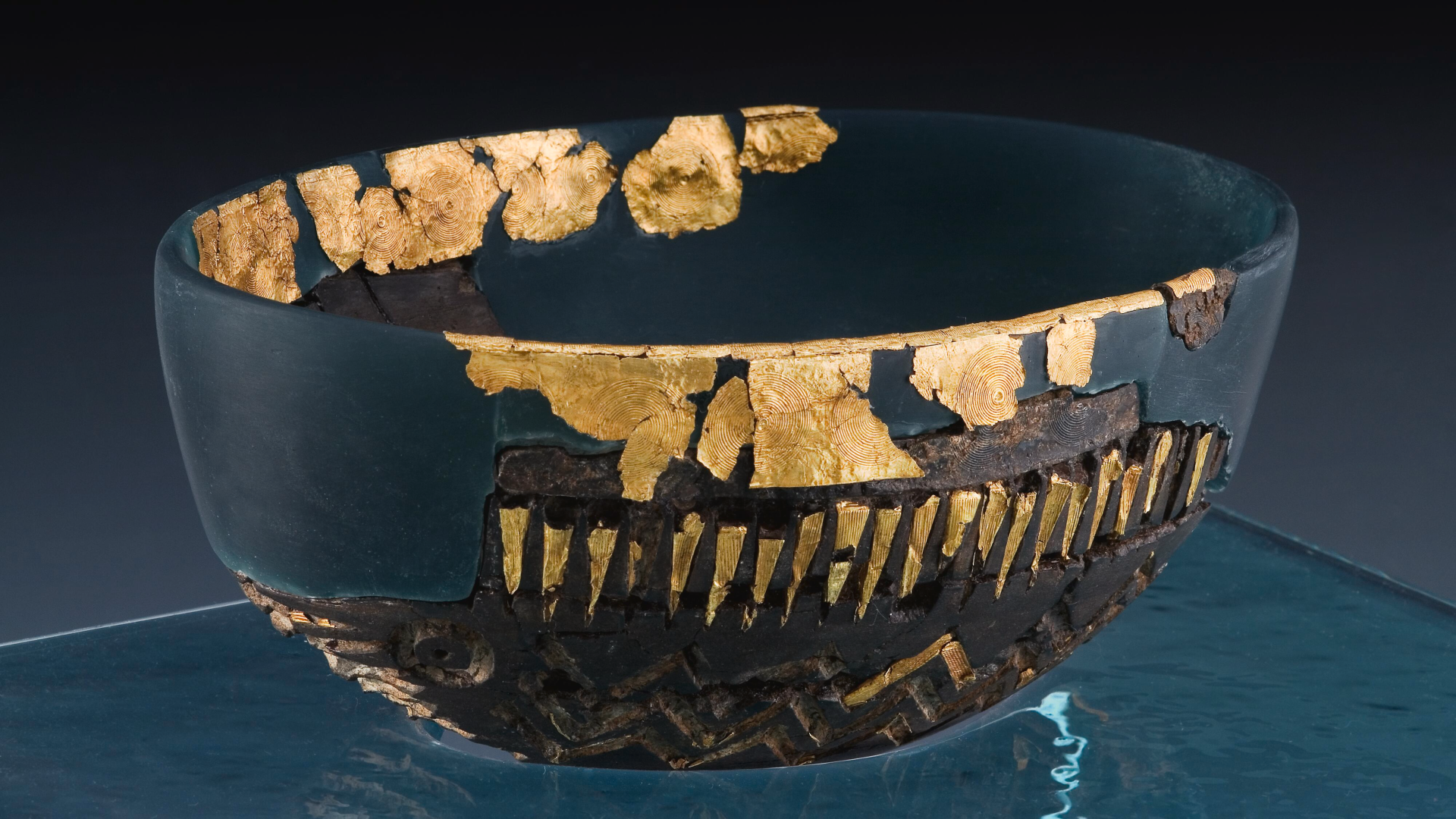Photos: Hawaii's New Underwater Volcano
A rocky resting place
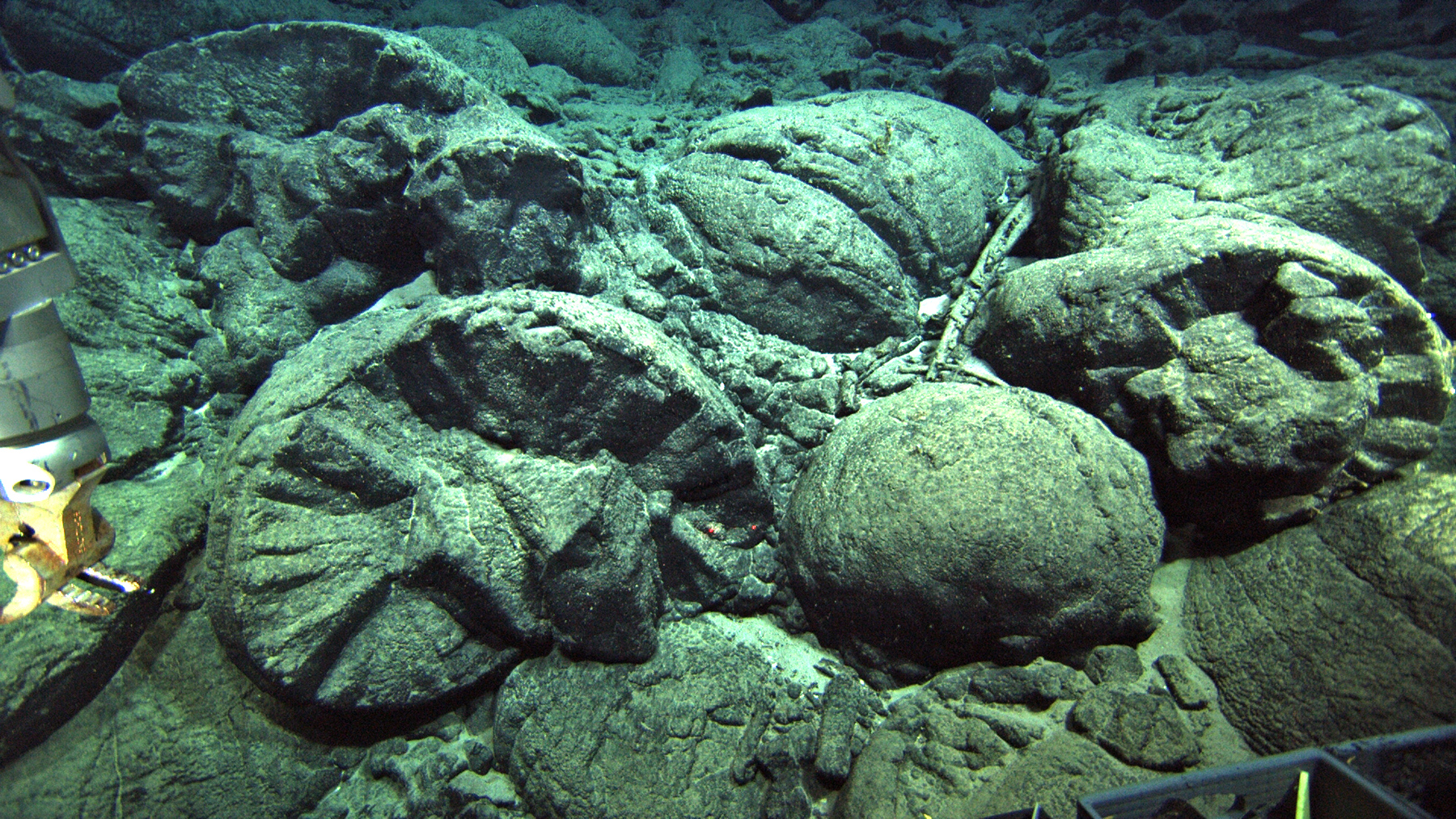
A newly-discovered volcano, named Ka'ena, erupted 5 million years ago in the deep waters south of Kauai. It was the first of three volcanoes that would form the island of Oahu. Researchers recently showed that Ka'ena was a separate volcano, distinct from its neighbor, Wai'anae volcano.
Former island
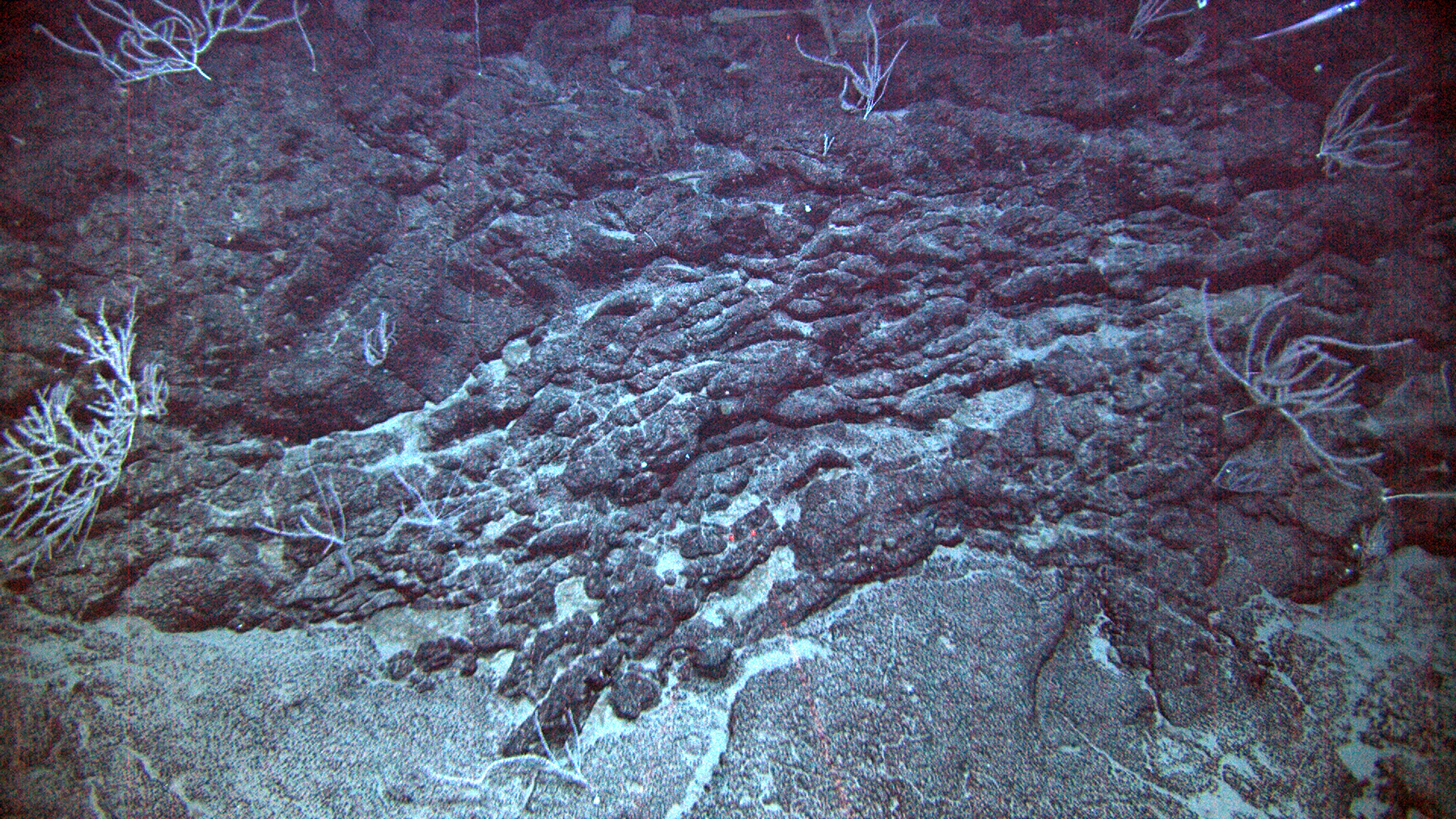
The blocky texture of these a'a lavas only forms in air, a clue that Ka'ena volcano once poked above the ocean surface 3 million years ago.
Friendly visitor
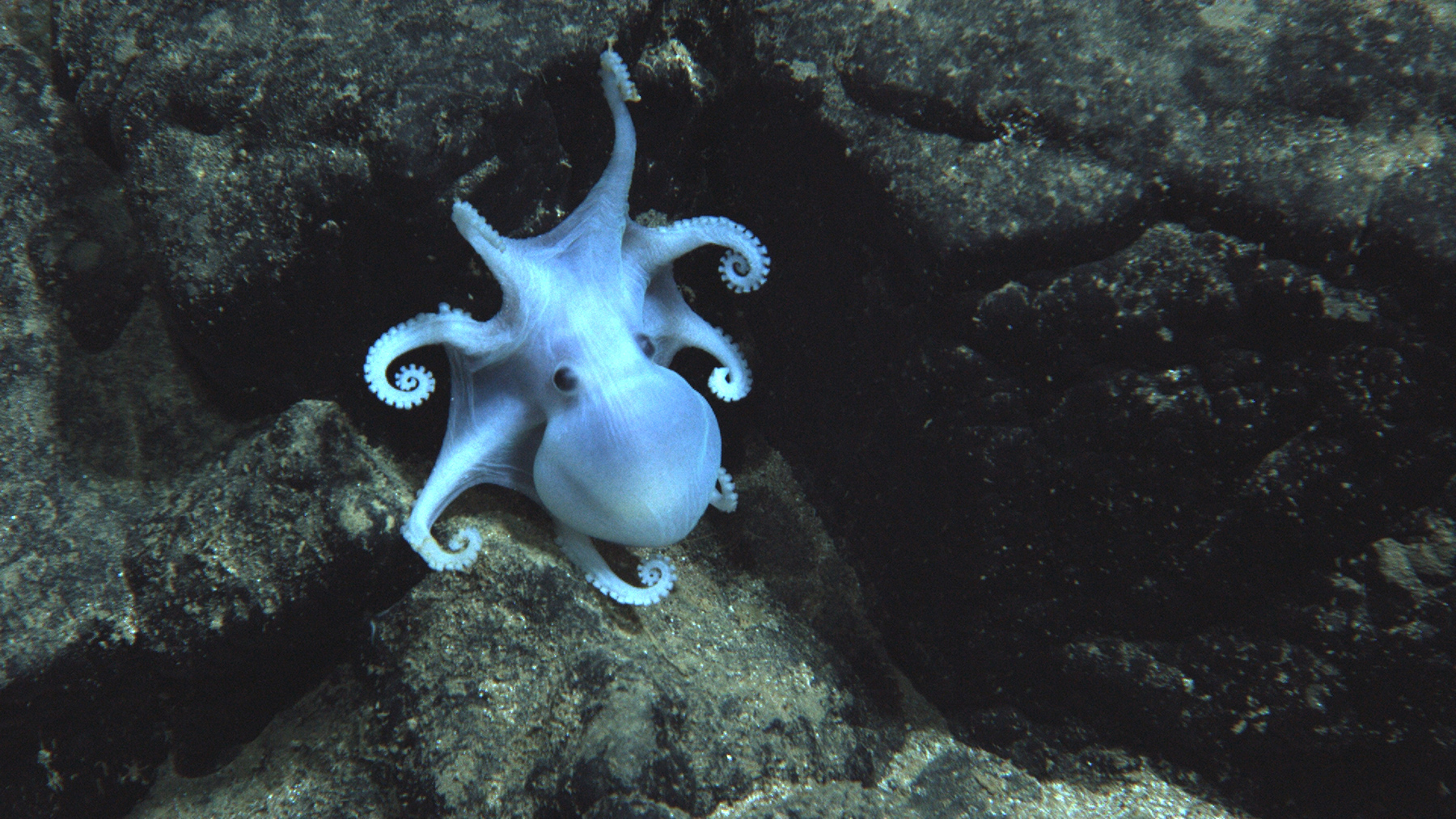
Researchers snapped images of local marine life while searching for signs of past eruptions.
Sampling rocks
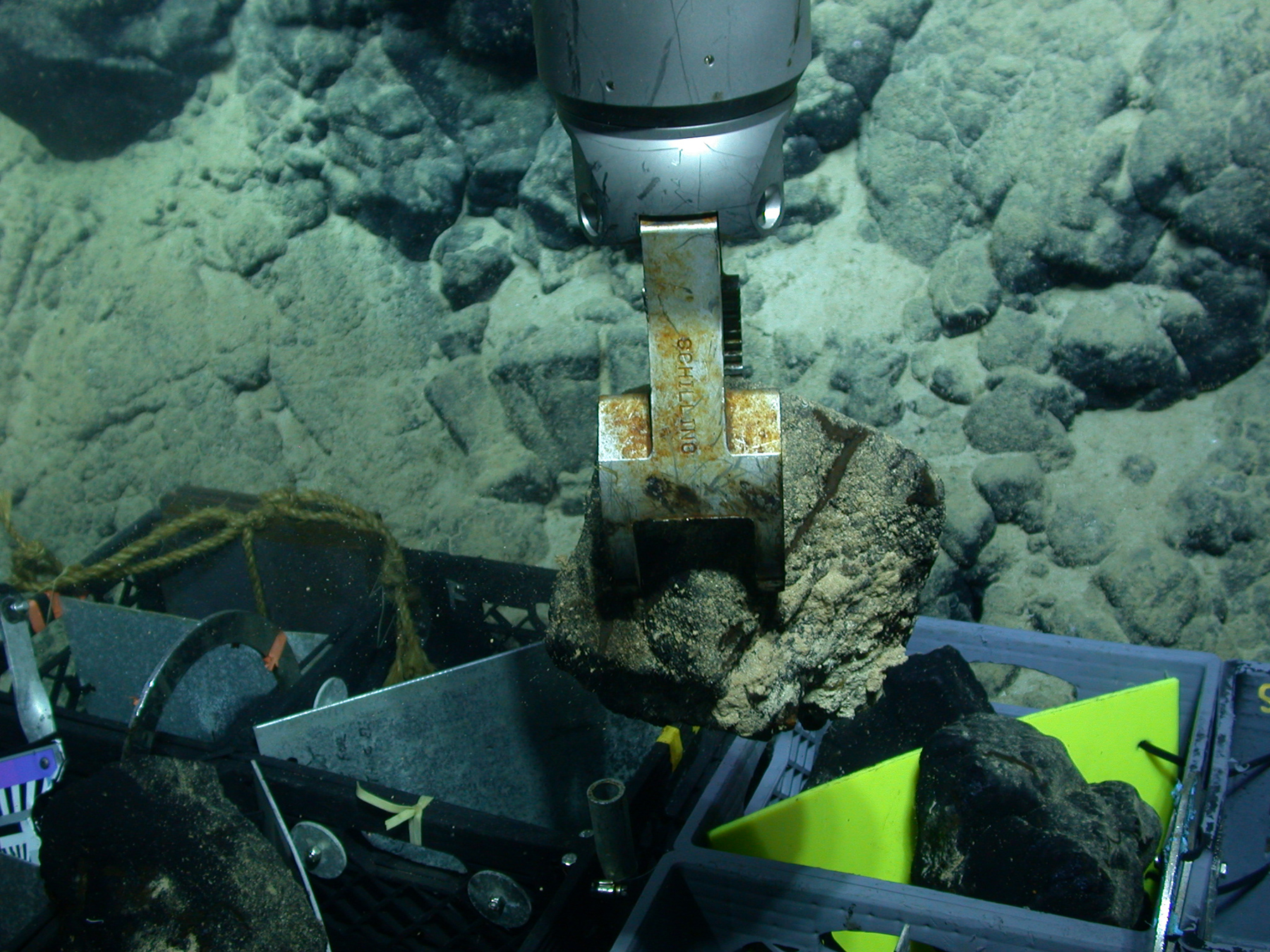
Rock samples collected with a remotely operated vehicle helped prove Ka'ena volcano is older and chemical distinct from its neighbors.
Where fire meets the sea
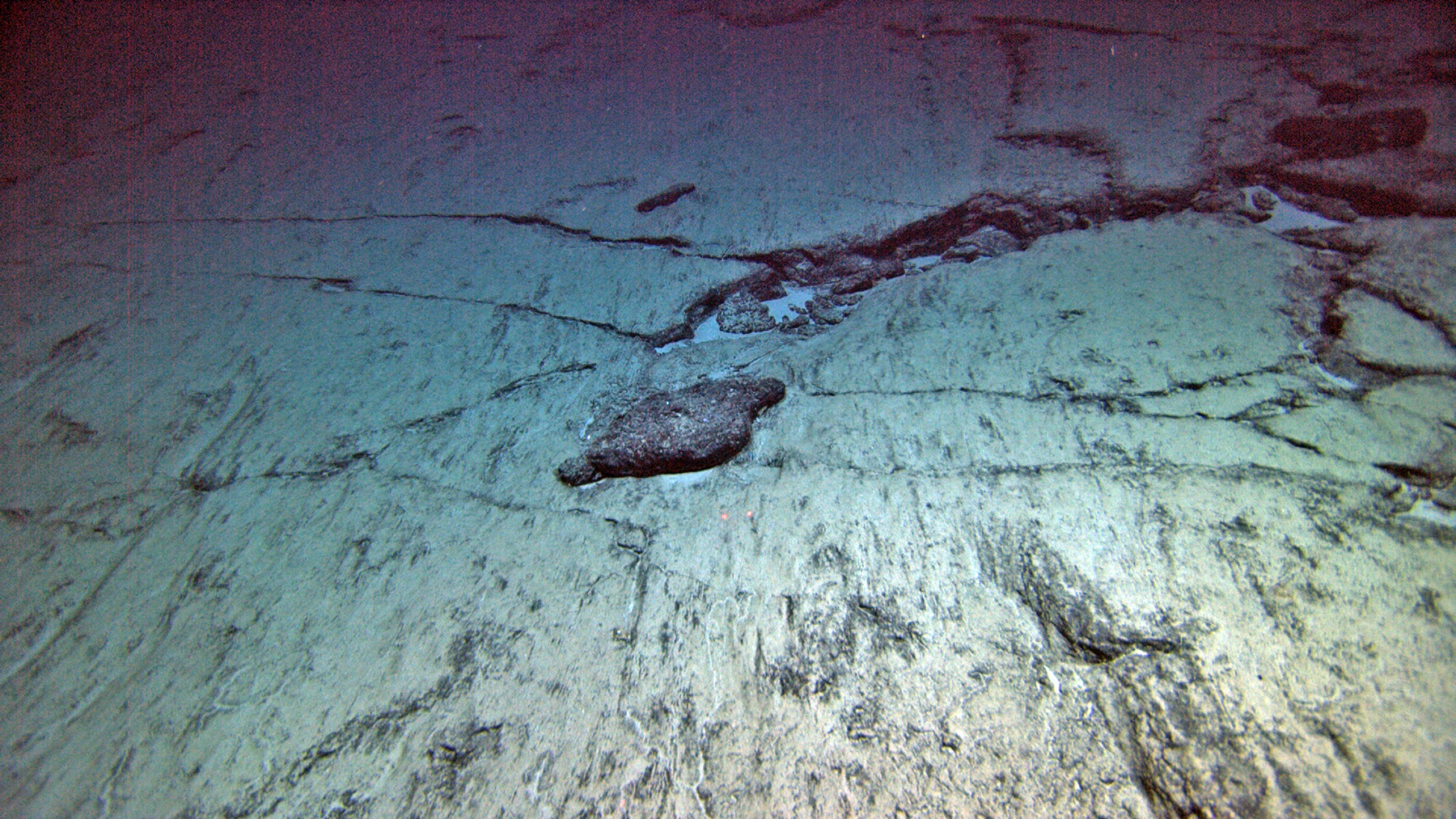
Sheets of hyaloclastite, a glassy lava that forms where molten rock meets the sea.
Get the world’s most fascinating discoveries delivered straight to your inbox.

